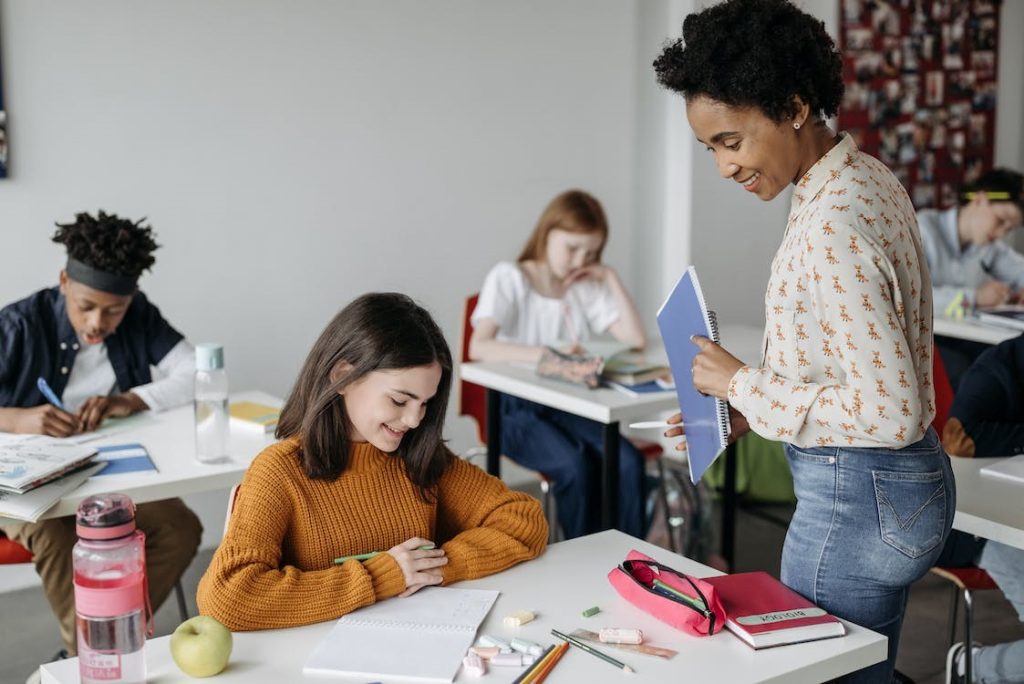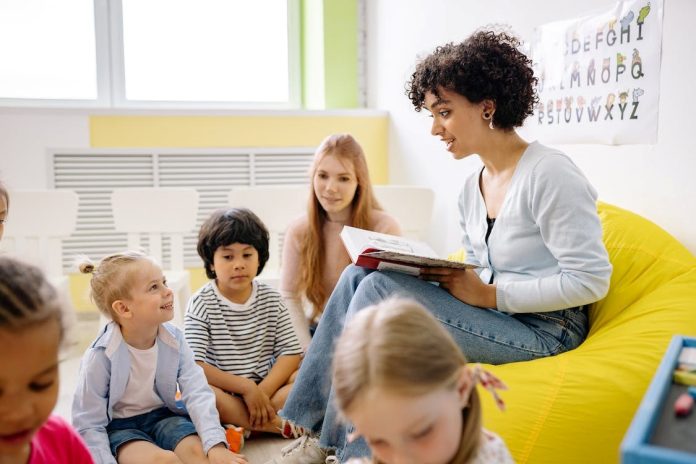Picture a classroom where every voice is heard and celebrated, where differences aren’t obstacles but gateways to understanding. Gone are the days when education meant a one-size-fits-all approach, where everyone had to conform to a single mold. Today, we stand on the threshold of a new era that values each student’s unique background, perspectives, and abilities. Let’s unravel the why, what, and how of inclusive education, from understanding the profound importance of diversity in the learning process to discovering innovative methods that cater to all learners.
The Power of Diversity in Learning
Imagine walking into a classroom buzzing with excitement. Students from different world corners surround you, each bringing unique experiences and viewpoints. This diversity isn’t just cool – it’s powerful. So diversity is like having a pizza with countless delicious toppings. Learning from people with various backgrounds is like trying new toppings that make the pizza of knowledge way more interesting.
Have you ever had a debate with a friend about the best movie? Hearing their point of view makes you think more deeply about your own. In education, interacting with different viewpoints is like having those debates all the time. It makes your brain flex its thinking muscles and become sharper. Moreover, learning about other people’s experiences, cultures, and challenges helps you understand their feelings better.
Challenges Faced in Traditional Education
Imagine wearing shoes that don’t fit. That’s what happens when teaching is one-size-fits-all. Each person learns differently – some zoom through math, while others love reading. Traditional methods often don’t consider these differences, holding back students who need a different fit to thrive.
A royal writer approaches different tasks with different approaches to accomplish what the task requires fully. The same thing applies to education. We all have unique learning styles. Some learn by doing, and others by listening. Ignoring these styles is like having a band of just one instrument – it doesn’t make a harmonious educational melody. What if you went to a party and felt you didn’t belong there because everyone spoke a different language? In education, some groups face this kind of exclusion. They might not see their own experiences and cultures in what’s taught, which makes learning feel like that awkward party.
The Essence of Inclusive Education
In inclusive education, everyone brings their unique talents to the learning table. No one’s left out. And the result? A feast of knowledge like no other. So, what’s this “inclusive education” thing? It’s like making sure all your friends get to join your game, no matter their differences. Education is about welcoming every student, regardless of background, abilities, or needs. The goal? To create a fair playground where everyone can play and learn together.
Imagine going to a buffet where some can only look at the food, not taste it. Sounds unfair? Inclusive education ensures every student has a seat at the table, gets the same opportunities, and can savor the learning experience fully. Students can be themselves, express their thoughts without fear, and know they’re respected and valued. It improves learning, making it rare for them to get stuck with coursework and wonder, “Who can help do my assignment?”
Innovative Approaches for Inclusive Learning

Have you ever tried solving a puzzle with a friend? You both bring different skills to the table. Inclusive learning is like mixing and matching strengths to open the treasure chest of knowledge. Imagine if your favorite game adjusted its difficulty level based on how well you were playing. Inclusive learning does something similar. It’s like having a learning journey just for you, where your strengths are highlighted and challenges are at the right level. That way, everyone gets to conquer their educational quests.
Ever used an app that lets you learn by playing? That’s technology working its magic. Inclusive learning taps into this magic by using tech tools that make learning more fun and accessible for everyone. It’s like turning to learn about an exciting adventure where nobody gets left behind. Inclusive learning thrives on teamwork vibes. It’s about working together with classmates who have unique talents and perspectives.
Benefits of Embracing Inclusivity
Why is diversity equity and inclusion important in education? Embracing diversity in education brings many unique minds together to create something amazing. Here’re the benefits of embracing diversity in education.
Supercharged Learning
Imagine getting a turbo boost for your brain. When everyone’s strengths are celebrated, and your unique learning style is respected, you’re likelier to ace your studies and feel confident in your learning.
Real-World Prep
Think of it as training for the big leagues. In a diverse classroom, you’re preparing for a world where people come in all flavors. You’re building skills to work with different kinds of people, which is a superpower in the real world.
Awesome Classroom Vibes
Remember when you were in a group where everyone listened and supported each other? In an inclusive classroom, everyone’s ideas and stories matter. It’s like creating an amazing environment where you learn facts and become more understanding.
Unique Insights Everywhere
Imagine having a bunch of treasure maps, each showing a different path. That’s what diverse viewpoints are like. You’re exposed to many ways of thinking in a classroom with people from various backgrounds. It broadens your horizons and makes your education richer.
Boosted Confidence
When your differences are celebrated, you feel awesome about being yourself. You don’t have to fit into someone else’s mold. This confidence spills over into everything you do – from class presentations to making new friends.
Better Problem-Solving Skills
Think of it as leveling up your brain power. Learning with people who think differently makes you a better problem solver. You start looking at challenges from all angles like a master strategist.
Big-Hearted Empathy
Remember the last time you understood how someone else felt? In an inclusive classroom, you’re exposed to different backgrounds and stories, which makes you more empathetic. You become a bridge-builder in a world that sometimes needs more understanding.
The Long and Short
Embracing diversity in education isn’t just about having a mix of faces in the room. It’s about creating a classroom where everyone’s strengths shine, where learning is exciting and respectful, and where you’re getting ready to rock the world outside those walls. Traditional education might work well for some, but it’s like trying to fit a square peg into a round hole for others.



 Bitcoin
Bitcoin  Ethereum
Ethereum  Tether
Tether  XRP
XRP  Solana
Solana  USDC
USDC  TRON
TRON  Cardano
Cardano  Lido Staked Ether
Lido Staked Ether  Avalanche
Avalanche  Toncoin
Toncoin